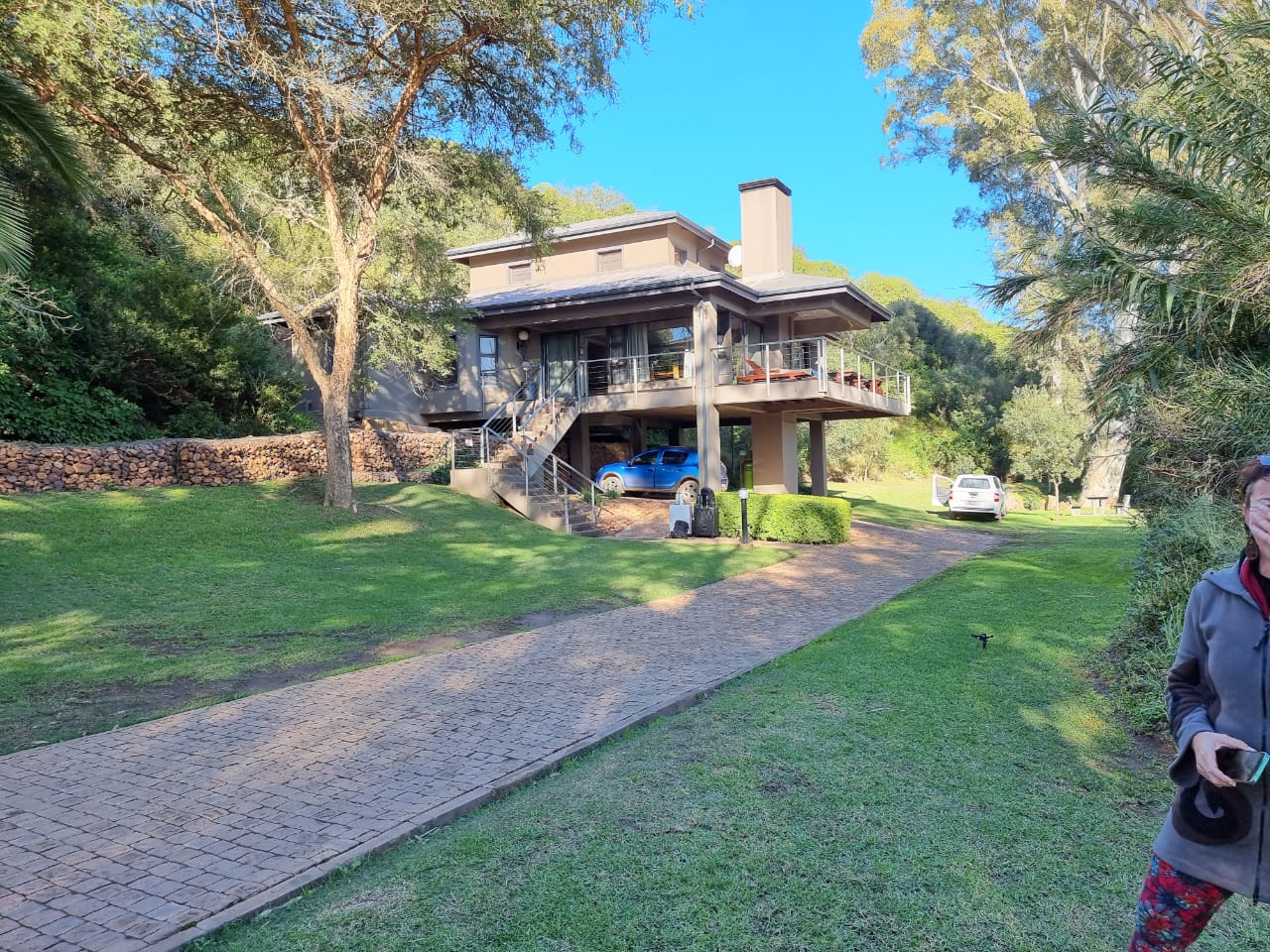What is Ibogaine?
Ibogaine is an isolated active alkaloid from the root bark of the central West African shrub Tabernanthe Iboga . It has been used for thousands of years for spiritual development and as a rite of passage into adulthood. Its properties as a treatment to stop opiate withdrawal were unknown until the late 1960’s. Since that time, studies undertaken by leading research and academic facilities have shown that Ibogaine is an effective addiction interrupter for most substances including heroin, methadone, methamphetamine, cocaine, alcohol, and nicotine.
Ibogaine is a naturally occurring psychoactive substance found in plants in the family Apocynaceae such as Tabernanthe iboga, Voacanga africana, and Tabernaemontana undulata.[3] It is a psychedelic with dissociative properties.
The psychoactivity of the root barks of the iboga tree (Tabernanthe iboga), from which ibogaine is extracted, was first discovered by the Pygmy tribes of Central Africa, who passed the knowledge to the Bwiti tribe of Gabon. French explorers in turn learned of it from the Bwiti tribe and brought iboga back to Europe in 1899-1900, where it was subsequently marketed in France as Lambarene. Ibogaine-containing preparations are used for medicinal and ritual purposes within African spiritual traditions of the Bwiti, who claim to have learned it from the Pygmy peoples. Although it was first commonly advertised as having anti-addictive properties in 1962 by Howard Lotsof, its Western use predates that by at least a century. In France, it was marketed as Lambarène and used as a stimulant. Also, the U.S. Central Intelligence Agency (CIA) studied the effects of ibogaine in the 1950s.[8]
Ibogaine is an indole alkaloid that is obtained either by extraction from the iboga plant or by semi-synthesis from the precursor compound voacangine,[9][10] another plant alkaloid. The total synthesis of ibogaine was described in 1956
Ibogaine is derived from the root of the Tabernanthe iboga, a plant known to exhibit psychedelic effects in its users.[15] The experience of ibogaine occurs in two phases, termed the visionary phase and the introspection phase. The visionary phase has been described as oneirogenic, referring to the dreamlike nature of its psychedelic effects, and lasts for 4 to 6 hours. The second phase, the introspection phase, is responsible for the psychotherapeutic effects. It can allow people to conquer their fears and negative emotions. Ibogaine catalyzes an altered state of consciousness reminiscent of dreaming while fully conscious and aware so that memories, life experiences, and issues of trauma can be processed.
Ibogaine TA, PTA and HCL
If you are new to iboga and ibogaine, you may come across people talking about “TA”, “PTA” and “HCL”. Here’s what they mean:
TA stands for total alkaloid. TA is created via a simple chemical extraction process. For those who prefer a natural experience with all the alkaloids present – without having to consume copious amounts of root bark – TA iboga is the best option.
PTA stands for purified total alkaloid. PTA involves another chemical process to further concentrate the alkaloids. PTA has just three of the iboga alkaloids: ibogaine, ibogaline and ibogamine. Typically, PTA contains 96% ibogaine, with the remainder divided between ibogaline and ibogamine.
HCL stands for hydrochloride. This refers to ibogaine hydrochloride – the ibogaine molecule minus any entourage potentiating effect of the other molecules. Ibogaine HCL is the most likely candidate molecule for medical trials with ibogaine, as it is the most controllable.
Ibogaine is only one of eleven or more compounds found in the various iboga species. Some, like tabernanthine, have good research showing that they have similar active properties to ibogaine, but others are still being studied.
